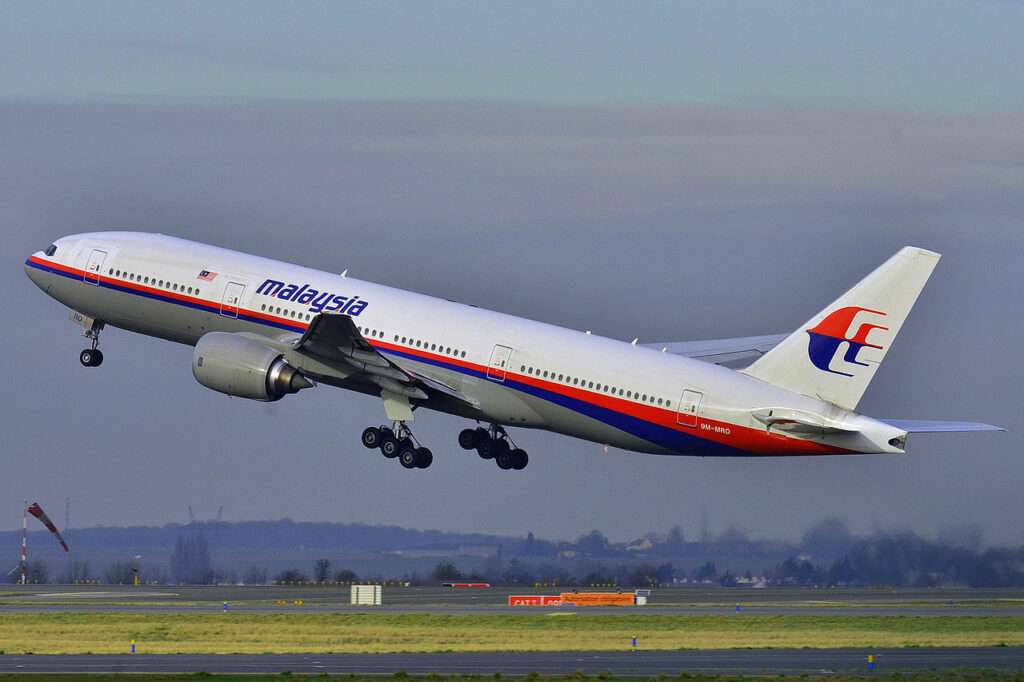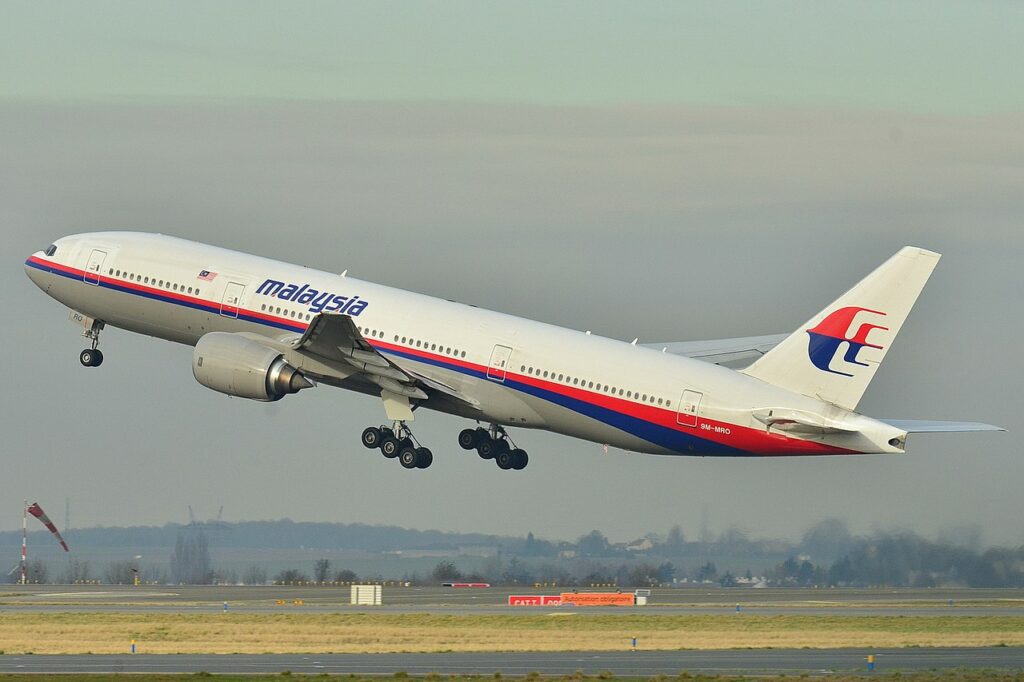Barnacles may hold the key to the location of the lost Malaysian Airlines flight MH370, or so claim scientists from the University of South Florida.
Associate Professor Gregory Herbert is an evolutionary and conservation biologist. His speciality is marine systems, particularly marine invertebrates including barnacles.
When wreckage started washing up on the island of Reunion, off the coast of Africa nearly a year after the 2014 disappearance, It was then Herbert posed the question: could barnacles help locate flight MH370?
“The flaperon was covered in barnacles and as soon as I saw that, I immediately began sending emails to the search investigators because I knew the geochemistry of their shells could provide clues to the crash location,” Herbert said.
Ocean temperatures point the way?
Herbert and his team were able to produce a method to extract a history of ocean temperatures from the shells of invertebrate shells. Through the cross referencing of this data with ocean temperature records and oceanographic modelling to create a partial drift reconstruction.

[monsterinsights_popular_posts_inline]
Before the team from the University of South Florida started their work, the search for the wreckage of MH370 has been concentrated in a span of the ocean covering several thousand miles. This in the so-called “Seventh Arc”
The benefit of it being in this area is that ocean temperatures along this arc change quite significantly. As a result the information gleaned from the barnacles could have a real chance of pinpointing the path any recovered debris could have very likely taken.

Could Barnacles locate MH370?
Associate Professor Gregory Herbert stated: “French scientist Joseph Poupin, who was one of the first biologists to examine the flaperon, concluded that the largest barnacles attached were possibly old enough to have colonized on the wreckage very shortly after the crash and very close to the actual crash location where the plane is now,”
“If so, the temperatures recorded in those shells could help investigators narrow their search,” concluded Herbert.

Even if the plane is not on the arc, Herbert says studying the oldest and largest barnacles can narrow down the areas to search in the Indian Ocean.
“Knowing the tragic story behind the mystery motivated everyone involved in this project to get the data and have this work published,” said Nassar Al-Qattan, a recent USF geochemistry doctoral graduate who helped analyse the geochemistry of the barnacles.
Putting the theory into action
Professor Herbert does feel that there are some obstacles still to overcome:
“Sadly, the largest and oldest barnacles have not yet been made available for research, but with this study, we’ve proven this method can be applied to a barnacle that colonized on the debris shortly after the crash to reconstruct a complete drift path back to the crash origin,” he said.
It’s hoped that with time the access to these will be given and more information can be traced.

Click the banner to subscribe to our weekly newsleter.









